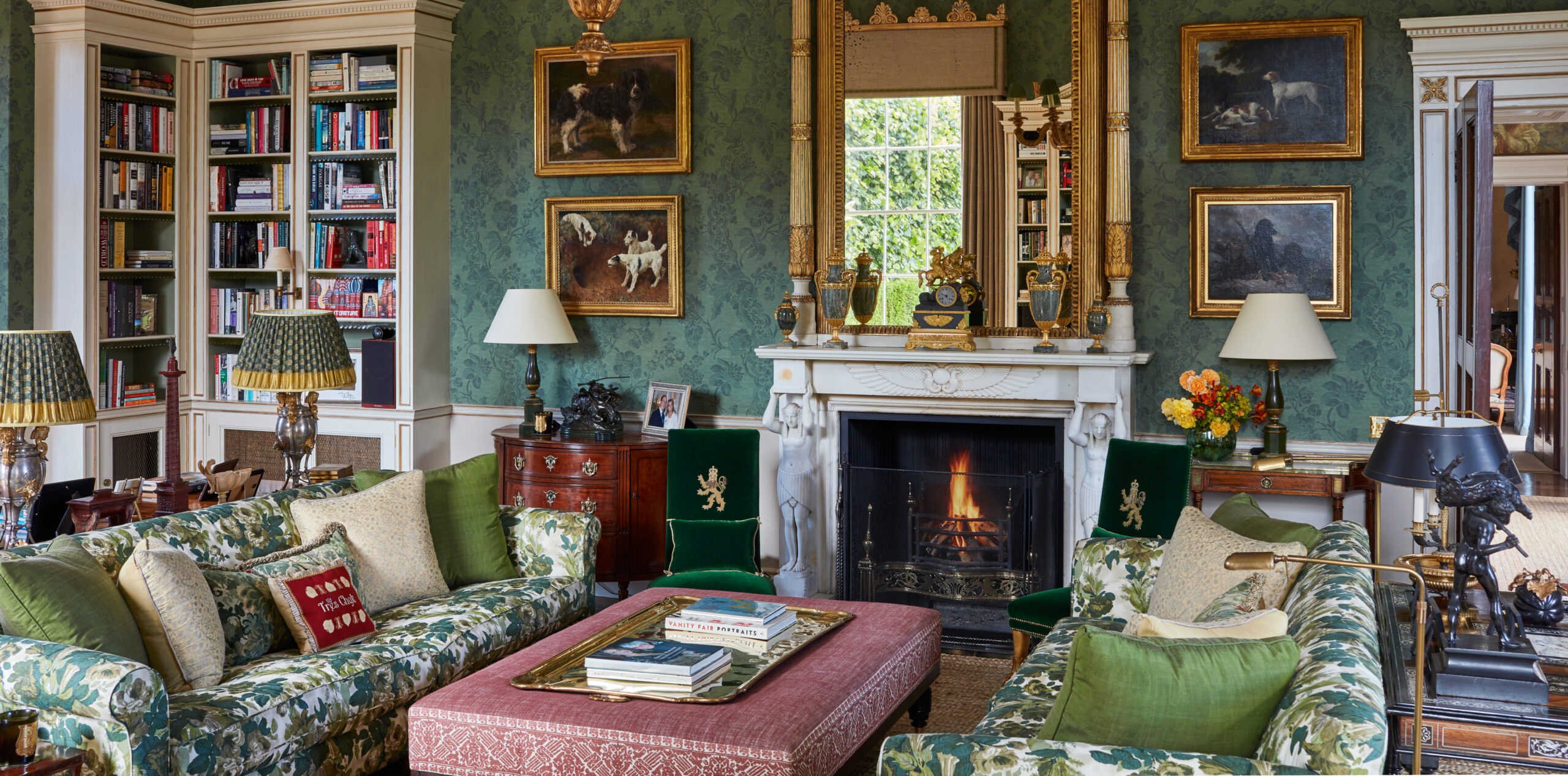When wallpaper designer William Morris commented on the intrinsically human nature of artistic endeavour, he revealed a truth about the past that remains as relevant today as it was in the 19th Century. “History has remembered the kings and warriors because they destroyed; art has remembered the people because they created,” he said.
This connection to the human aspect of design is prevalent in all of the world’s finest antiques, artworks and collectibles and is one of the reasons why we are continually drawn to historic pieces when it comes to creating rich and fulfilling interiors. A hand-painted Delft plate, for example, brings to mind the individual strokes of the artist’s brush, and in the case of a Wegner Wishbone chair, you can feel the craftsmanship in those iconic, steam-bent curves. It is these individual, human touches that bring the past to life and draw us towards objects imbued with provenance as well as beauty.
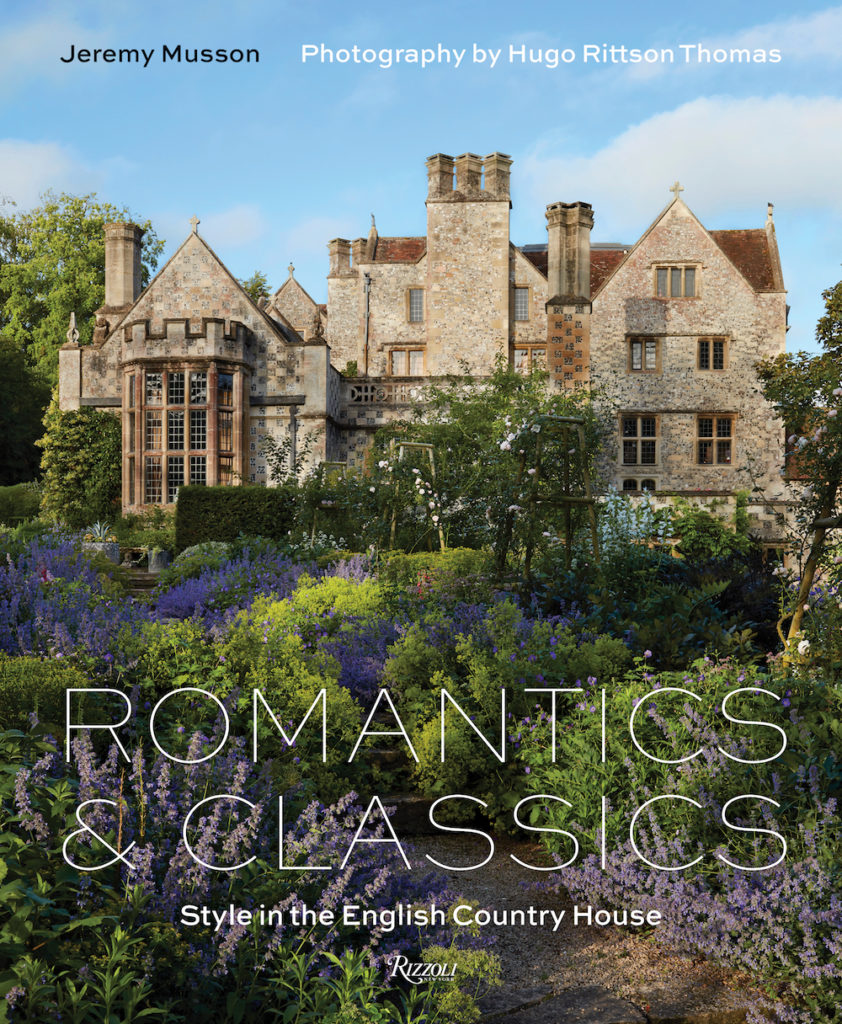
“I think the past works on different levels for different people,” says architectural historian Jeremy Musson. “Some people might feel drawn to period mahogany furniture because of its solidity and traditional feel, whereas others might simply like it because it’s a material of great beauty, regardless of the historical reference it represents. It’s such a fundamentally appealing thing to know that a beautiful object has been made by human hands. And that sense of story contributes to a feeling of comfort by association.”
And, of course, the interior design world itself has always looked to the past for inspiration. Designers and makers throughout the centuries have celebrated historical legacies by reinventing ideas from previous periods. “If you look at the history of design, even in eras of uber modernity, designers have always bounced off ideas they knew from the past,” says Musson, whose book Romantics and Classics: Style in the English Country House (cover pictured) will be published by Rizzoli International in March 2021. “Whichever period you look at, you’ll find that designers were reacting to or embracing previous reference points.”
So, what is it about antiques that give us a sense of stability? And why are collectors increasingly turning to pieces that bring with them a sense of history and solidity? Antiques dealer Ken Bolan, owner of Ken Bolan Studio and former owner of Talisman, thinks he has the answer.
“Antiques literally give us a connection with the past,” says Bolan. “That’s why I collect antiques – it’s all about that connection. Take the Irish sofa table in my office in the country, for example. It dates to around 1815 and it’s still an incredibly elegant piece of furniture. It could fit into almost any modern interior you could imagine because certain pieces transcend the antique.
“When you look at something that’s well designed, beautifully made and has been around a long time, it triggers something in you. We crave that connection to the past. And there’s a longevity to pieces like that – a comfort, a story.”

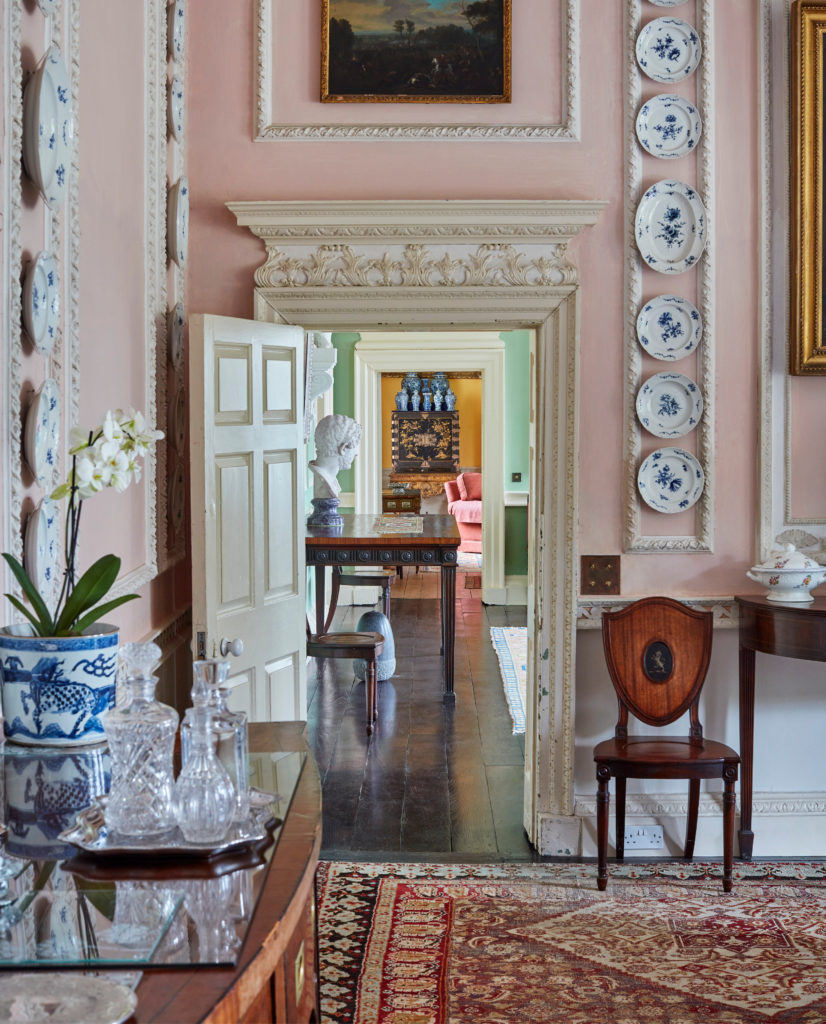
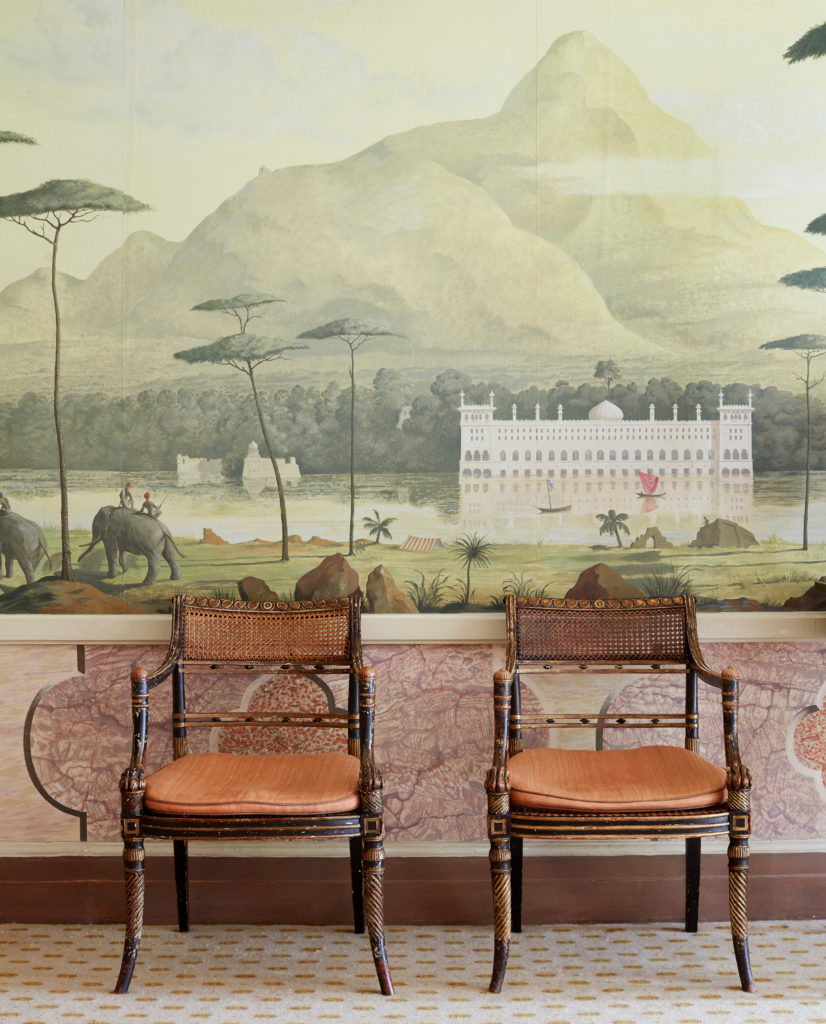
Another clue as to why historic pieces serve to ground us and comfort us lies in the fact that they represent the antithesis of a temporary, disposable culture. Global trend forecaster Marian Salzman believes we are now seeking an antidote to the disposable in our mid- and post-pandemic lives. “We’ve been too transient as a culture for too long as we’ve moved constantly between home and office and travelled extensively. People are now looking for big, solid pieces for their homes that speak of permanence,” Salzman says.
“It’s the Ikeas of the world that I see suffering in all of this,” continues Salzman. “Instead of disposable things, the emphasis is now going to be on pieces that last. We’re not going to be moving house every three years anymore, so people will start collecting things like antique china and silver. There’s a new emphasis on pieces with a history, with a story. That is what is going to make people feel secure.”
During times of dramatic flux and uncertainty, there’s one thing we can be absolutely sure of – there will always be demand for great interior design. “Over the last decade, people have been busy collecting experiences rather than things and creating personas on social media that aren’t even real,” says Bolan. “But this year, people’s eyes have been opened and they’re learnt to appreciate their homes more than ever. Even though this has been such a tough year, amazingly the interest in interiors and design has held up. One top interior designer I spoke to recently told me she is fully booked for the next five years, such is the continued high demand for great design.”
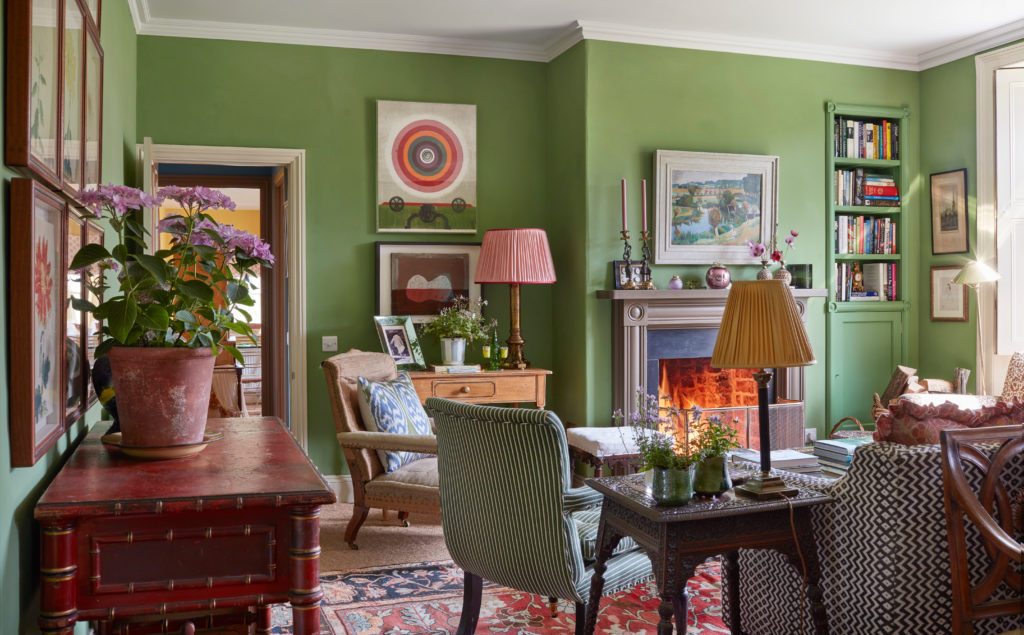
Bolan’s advice when it comes to selecting antique and vintage pieces is to buy for joy rather than investment. “The value lies in the joy the object gives you,” he says. “You don’t have to furnish your whole house with antiques – you can mix and match and create a few joyous punctuation points. The primary thing is to be governed by what appeals to you. Choose things for your home that make you feel comfortable; choose things that make your home feel good.”
His tip for the next big thing in antiques is English military campaign furniture. “It’s a sharp look and it’s proving very popular,” says Bolan, whose collections can be viewed at Ken Bolan Studio in Wiltshire, England. “I’ve got about a dozen pieces in at the moment and I think the reaction is going to be very favourable.”
So, will antiques always have a place in our homes, despite the challenging period of containment and uncertainty we’ve experienced over the last year? “Yes, absolutely 100%,” says Bolan. “I’ve been to some incredible homes over the years all around the world and there’s one thing that’s an absolute constant: people will always be drawn to beautiful objects.”
Effect Magazine is brought to you by Effetto



